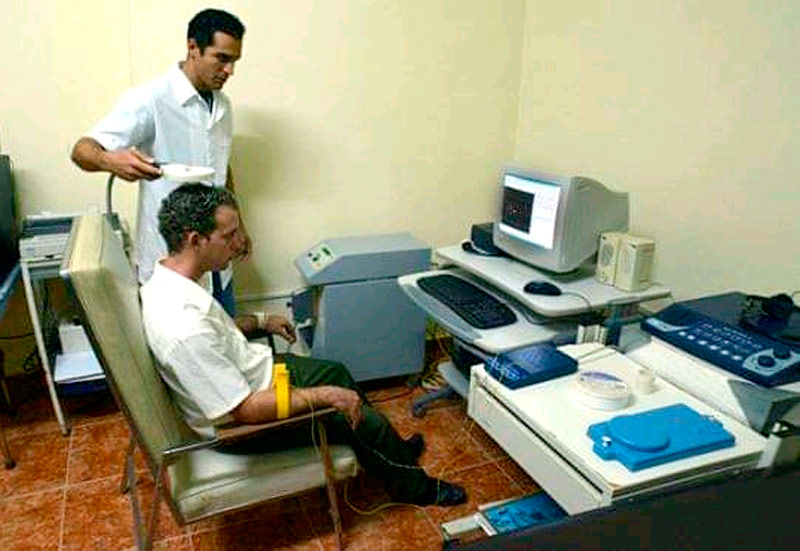Rare diseases, health actions in Holguín
- Written by Lourdes Pichs Rodríguez
- Published in Opinion
- Hits: 1718

The World Health Organization (WHO) defines Rare Diseases (RD) as those that affect less than five patients per 10,000 inhabitants, of which there are more than seven thousand described.
Every year on February 29 is celebrated the Rare Disease Day with the aim to raise awareness about infrequent ailments and give priority attention to the people who suffer from them with concrete health actions and the participation of social and family organizations and the population in general.
Rare, minority or orphan diseases, as they are also often called, including genetic ones, mostly have an unknown origin, making diagnosis difficult, as well as safe monitoring and treatment.
According to a publication of the Spanish Federation of Rare Diseases, there are more than 7 thousand pathologies classified as rare that "affect patients in their physical capacities, mental abilities and in their sensory and behavioral qualities", for which they assure that "We cannot know with certainty which are more or less common", since they are characterized by a high number and wide diversity of symptoms that also vary within the same disease.
Specialists estimate that the most dangerous, complicated part of this problem is if the diagnosis is not made early, because any of these ailments can lead to a disability or premature death of the patient.
According to the WHO, there are 10 most common rare diseases affecting a greater number of people, among them the Werewolf syndrome (Congenital hypertrichosis lanuginosa), Parasitic twin (Fetus in fetu), True human tail (vestigial tail), Progeria (Hutchinson –Gilford Syndrome) and Proteus Syndrome.
Cuba is not exempt from this health problem, which affects about 350 million people around the world, and specifically Holguín, where there is a record of about 15 RD, according to Dr. Teresita Carreras, head of the Provincial Center for Medical Genetics.
For example, ectodermal dysplasia, a rare genetic disease characterized by odontostomatological malformations, detected so far in 24 people from Holguín; Coffi Lowry Syndrome (10 patients), a genetic and neurological disorder characterized by psychomotor and growth retardation, and Cohen Syndrome (four), characterized by hypotonia, mental retardation, microcephaly, typical craniofacial dysmorphia, as well as large and prominent central incisors with fine fingers in use forms.
In addition, other rare diseases diagnosed in the province are Prader Willi Syndrome (six), a genetic disorder that causes obesity, short stature and intellectual disability; Apert syndrome (four), characterized by premature closure of the cranial sutures, which leads to the head taking a pointed shape and deforming the appearance of the face; Poland syndrome (12), a condition in which the child is born without or with very few pectoral muscles and Fucosidosis (six), a condition that is transmitted from father to children, according to an autosomal recessive inheritance pattern and is characterized by the deformity of the face, severe mental retardation and alterations in bone development.
Other rare conditions detected in the population of Holguín are generalized lipodystrophy (three), frequent craniosynostosis (12), congenital adrenal hyperplasia (18), hyperphenylalaninemia (24), Arthrogryposis multiplex congenita (two) and Usher's Syndrome (65).
Among rare diseases, the one with the highest prevalence in the province of Holguín is the Spinocerebellar Ataxia Type 2, a family condition that is the most frequent molecular form found in the national territory, grouping the largest number of patients in our territory, whose prevalence and incidence rates have not been surpassed by any other nation on an international scale.
A national epidemiological study carried out in 2017 and 2018 defined the existence of 848 cases (87.42 percent), belonging to 124 families diagnosed with SCA2; as well as 9,791 descendants at risk, which indicates that this disease constitutes a serious health problem for our country.
Patients with rare conditions have medical assistance through multidisciplinary teams and guaranteed social coverage, although there is still much more research work to be done to achieve early diagnosis and other actions aimed at treatment and rehabilitation.
